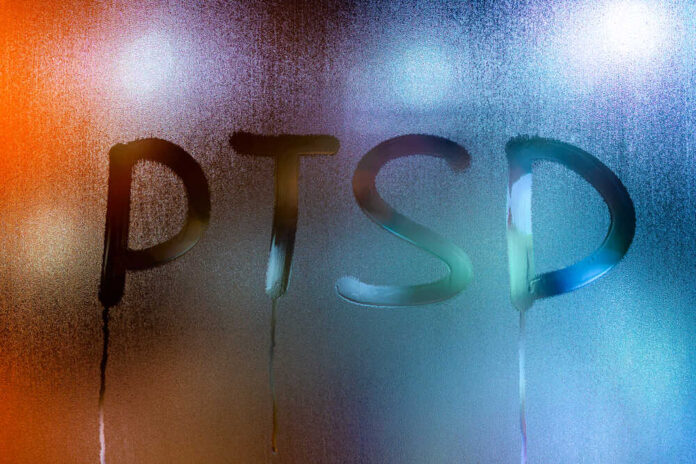(PatriotWise.com) — Rapid eye movement (REM) sleep has been dubbed “paradoxical sleep” by Virginia Tech neuroscientist, professor, and co-author Sujith Vijayan because it may cause the brain to be very active. According to Vijayan, patients with post-traumatic stress disorder might experience terrible memories “over and over” because of the high activity of REM sleep.
During REM sleep, the brain often recalls painful experiences to release emotional tension. For those who have PTSD, this typical process might falter, and as a consequence, distressing memories keep coming to mind throughout the night.
REM sleep reduces the emotional impact of unpleasant memories. When comprehending how REM sleep works, it’s still the “wild west,” as Vijayan said. REM sleep is more challenging to understand. For how non-REM sleep could strengthen memories and function in learning and memory, there are no reliable models of how that thing works.
Many persons with post-traumatic stress disorder often repeat highly-charged frightened, and emotional memories when they sleep. The results offer crucial knowledge for developing medicines that can lessen the impact of PTSD on sleep.
Vijayan and a group of professional researchers built a total model of the brain for their study, published in The Journal of Neuroscience, to simulate neurophysiological processes like communication between different parts of the brain, the release of neurotransmitters, and the occurrence of brain waves.
Researchers showed that they could correlate smaller amounts of serotonin and norepinephrine with the brain’s capacity to suppress memories of pain and fear during REM sleep by changing the brain rhythms between the prefrontal cortex and the amygdala in the model. Further research revealed that PTSD patients had high norepinephrine and serotonin levels while in REM sleep, often bringing up unpleasant memories.
Researchers examined the relationship between the prefrontal cortex and the amygdala using brain wave rhythms and discovered that the human-specific theta range of four to eight hertz allowed for the strongest brain communication. In turn, this prevents cells from expressing anxiety while you’re asleep.
The discoveries may lead to the development of therapies, such as covert auditory stimulation, as described by Vijayan. He said, “That implies I’m playing those noises when you’re asleep and unaware of it. That could be helpful for any ailment where sleep is interrupted, including traumatic brain injury, Parkinson’s disease, and PTSD. The theory is that we may activate the therapeutic properties of sleep by producing desirable neuronal patterns.
Copyright 2023, PatriotWise.com






























